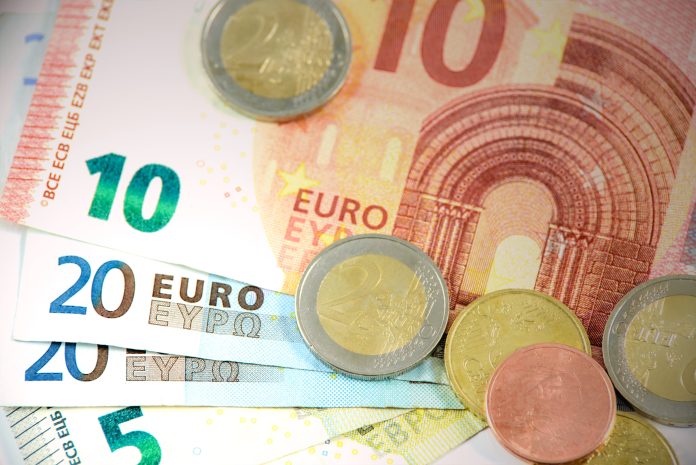In 2022, compared to 2021, household disposable income increased by EUR 62 or 9.1 percent and reached EUR 740 per household member monthly, according to results from a survey conducted by the Central Statistical Bureau (CSB).
The upturn was steeper than that registered in 2021 when population income grew by 7.6 percent.
The highest household disposable income was recorded in Riga where it reached EUR 860 per household member monthly. In Pieriga it amounted to EUR 845, in Zemgale to EUR 664 and in Kurzeme to EUR 634 per household member monthly. The lowest disposable income was registered in Vidzeme and Latgale – EUR 601 and EUR 536 per household member monthly, respectively. In urban areas monthly income per one household member reached EUR 777 and in rural areas EUR 651.
Disposable income of couples with three or more children rose by 23 percent (from EUR 508 to 625 per household member monthly). Income in other households with children went up slower: income of couples with one child by 7 percent (from EUR 788 to 843 monthly), of couples with two children by 6.8 percent (from EUR 646 to 690), and of one adult with children by 4.3 percent (from EUR 507 to 529).
Income in one-person households rose by 5 percent (from EUR 766 to 804 monthly): of lone people aged 65+ by 11.8 percent and of lone people aged 64 and under by 4.2 percent.
Last year, employee income grew faster than the amount of social transfers (pensions, benefits, etc. budgetary payments) received. Employee income went up by 11.6 percent (from EUR 458 to 511 per household member monthly). Income from social transfers, in turn, increased notably slower – by 6.2 percent (from EUR 177 to 188 per household member monthly).
In terms of household type, steeper increase in the income from social transfers was observed in the households of one person aged 65+ (by 13.3 percent or from EUR 443 to 502 monthly) and of couples with three or more children (19.6 percent or from EUR 112 to 134 monthly). It was because of a stronger state support, i.e., higher state family allowance paid based on the number of children in a family, higher minimum pension amount not subjected to personal income tax, pension index adjustments, etc.
Last year, employee income made 69 percent of the Latvian household disposable income, social transfers 25.4 percent, and self-employment income as well as other income received 5.6 percent.
In 2022, the monthly income per household member in the poorest households amounted to EUR 262 while in the richest households to EUR 1 592. In the average income level households it varied between EUR 461 and EUR 869 . The steepest income rise was observed in the poorest households: by 12.9 percent.
Regardless of a smaller income rise in the richest households, income inequality remained high. In 2022, income of the richest population exceeded that of the poorest population 6.2 times (6.3 times in 2021). In addition, last year Gini coefficient was 34 percent (34.3 percent in 2021).
Compared to other European Union (EU) countries, income inequality in Latvia remains high. The latest data available show that Latvia had the third highest Gini coefficient in the EU. In 2021 higher coefficient was registered only in Bulgaria (38.4 percent) and Lithuania (36.2 percent).
Household disposable income data source: 2023 EU Statistics on Income and Living Conditions (EU-SILC) survey conducted by the CSB from January 31 to July 17. The survey covered 10,200 respondents aged 16 and over from 5,800 households.
Source: BNS
(Reproduction of BNS information in mass media and other websites without written consent of BNS is prohibited.)

